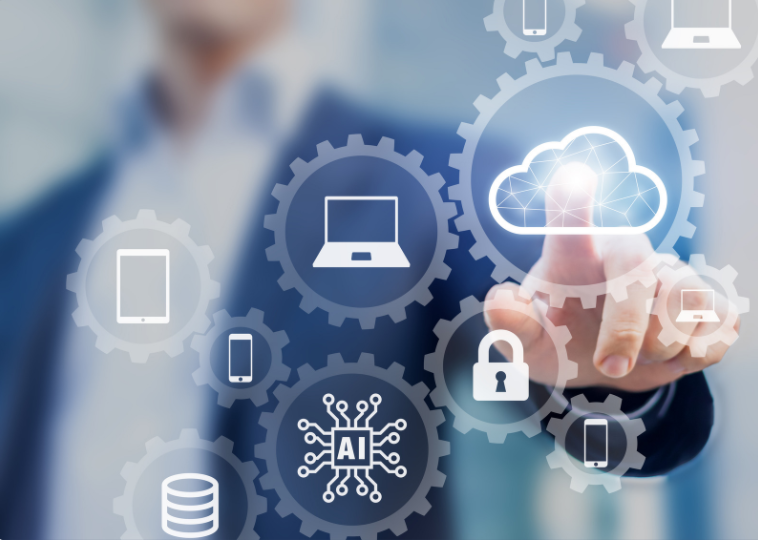
Traditional usernames and passwords aren’t secure enough in today’s advanced technological world. Businesses are facing more and more cyber threats each day. Even though security has become more complex, people still fall prey to basic attacks like phishing scams. If one of your employees falls for an email scam, it can leave your company wide open to attacks.
According to Microsoft engineers, 99.9% of the compromised accounts incidents dealt with last year could have been blocked by a multi-factor authentication (MFA) solution.
What is Multi-Factor Authentication?
Multi-factor authentication is an electronic authentication method that requires the user to provide two or more forms of identity verification. This means that they must enter their password in the first layer as well as something different to grant them access through the second or third layer.
59% of people use the same password for multiple logins. If their password becomes compromised, a cybercriminal could gain access to multiple accounts. Having MFA protects against this so that you can reassure your employees and clients that their data is safe. Not to mention, it keeps your company safe from data breaches.
There are three main types of authentication. These include:
- Knowledge (something only the user knows) such as a password, pin, or security questions.
- Possession (something only the user has) such as a FOB or smartphone.
- Inherence (something only the user is) such as fingerprint, voice/facial recognition, or retina scan.
How effective is Multi-Factor Authentication?
MFA is a massive deterrent to preventing unauthorized access to a company’s network because hackers would have to deploy multiple strategies to gain access. This would most likely not be worth their time if they could move onto an easier target such as companies that are exposed from not using MFA. Even if the hacker gains access to your username and password, they would almost certainly be unable to pass the other checkpoints, blocking the cyber criminals attempt to log in to your email or other accounts. Not only that, but because multi-factor authentication prevents a login attempt that was not initiated by the user, it signals potentially malicious behaviour and may function as a warning sign of cyber criminals attempting to access the network. As a result, having MFA adds an extra layer of vigilance and transparency to secure your organization.
According to Microsoft, organizations that use MFA are 99.9% less likely to experience a breach than organizations that do not. Using Multi-factor authentication also helps to build trust. Your customers will feel more secure knowing that you have extra security measures and precautions to safeguard their data.
The reality is that employees do fall for phishing scams, and they do share passwords, and if you’re not using multi-factor authentication (MFA), your organization is left exposed to attacks.
Stopping all online crime isn’t a reasonable goal, but taking a few easy precautions will drastically reduce your chances of being the next victim. When it comes to your most important and sensitive data, such as your primary email, financial accounts, and other records, using Multi-Factor Authentication will add a robust layer of protection and first line of defense.
To learn more about how to protect your company with Multi-Factor Authentication or how to set it up, please reach out to us and we would be more than happy to help.